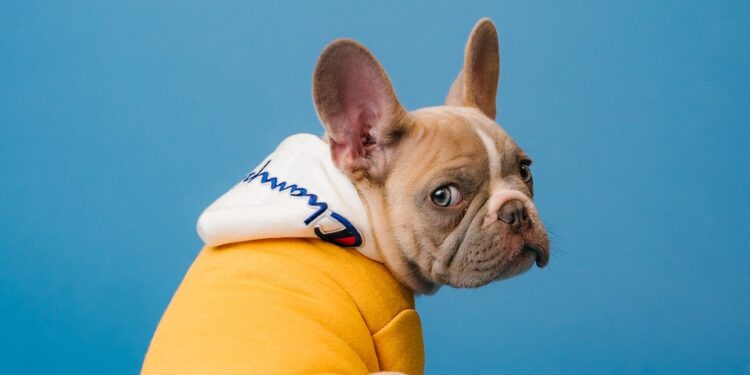What Does Your Pet’s Behavior Really Mean?
Our furry friends are undoubtedly an important part of our lives. They fill our days with joy, companionship, and love. However, sometimes their behavior can leave us puzzled and wondering, “What is my pet trying to tell me?” Understanding their actions is crucial for maintaining a healthy and happy relationship. Let’s delve into the world of pet behavior and decipher the messages behind their actions.
Tail Language:
The tail is often considered a pet’s mood barometer. Dogs, for instance, use their tails to communicate their feelings. A wagging tail generally signifies happiness or excitement. However, it’s important to consider the overall body language to interpret the message correctly. If a dog’s tail is tucked between their legs, it may indicate fear or anxiety. Cats, on the other hand, have various tail positions that convey different meanings. A tail held high indicates confidence and contentment, while a twitching tail may signify irritation or aggression.
Eye Contact:
Just like humans, pets use eye contact to communicate their intentions. While prolonged eye contact from another human may be meaningful, in the animal world, it can signify a challenge or a threat. Maintaining eye contact with a dominant cat or dog may be seen as a sign of defiance. However, trust and connection can also be established through gentle eye contact. In cats, blinking slowly demonstrates affection and trust, as it shows they are comfortable and relaxed in your presence.
Vocalizations:
Pets have various ways of vocalizing their feelings. Dogs bark, whine, and growl, while cats meow, purr, and hiss. Dogs may bark to express alertness, fear, or boredom. If your dog’s barking becomes excessive, it may indicate anxiety or a need for attention. Cats, on the other hand, vocalize more when they want something, such as food or attention. Paying attention to the pitch and intensity of their meows can provide a better understanding of what they want. For instance, a loud and high-pitched meow often signifies hunger or urgency.
Body Language:
Observing your pet’s body language is key to understanding their needs and emotions. Dogs often exhibit submissive behavior by crouching, tucking their tail, and avoiding direct eye contact when feeling frightened or submissive. Aggression is often accompanied by raised fur, a stiff posture, and a growl or a snarl. Cats, too, have a repertoire of body language cues. An arched back with fur standing on end indicates aggression or fear, while a relaxed and upright posture signifies contentment.
Licking and Grooming:
Licking and grooming are not only hygienic activities but also serve as ways for pets to communicate. In dogs, licking can indicate affection, submission, or even anxiety. Similarly, cats groom themselves and others to create a sense of belonging and to display their care. However, excessive licking or grooming may be a sign of stress or medical issues. It’s important to observe and address any unusual behaviors to ensure your pet’s well-being.
Physical Contact:
Physical touch is a powerful form of communication in the animal kingdom. Dogs often seek physical contact to seek comfort, affection, or to simply show their bond with their owners. Many cats enjoy being petted, but they have their limits. Pay attention to their body language, and if they start twitching their tail or flicking their ears, it may be time to give them some space. Understanding their preferences will strengthen the bond between you and your pet.
Understanding and interpreting our pet’s behavior can deepen our connection with them and help us attend to their needs correctly. By paying attention to their tail language, eye contact, vocalizations, body language, grooming, and physical contact, we can decipher their messages and respond accordingly. Remember, each pet is unique, and it’s essential to take the time to understand their individual language. The better we understand our pets, the stronger our bond becomes, creating a fulfilling and harmonious relationship for both human and furry companion.














